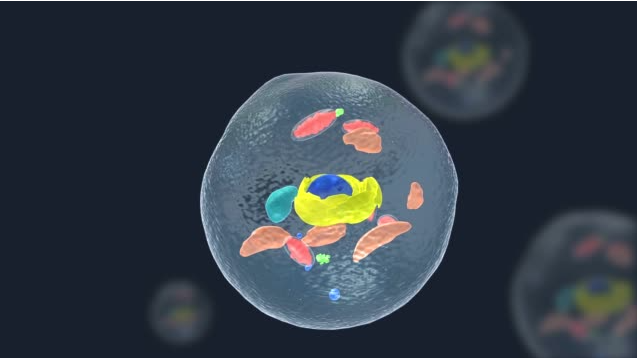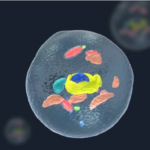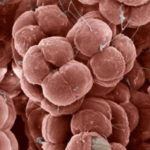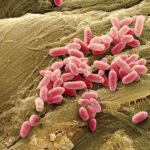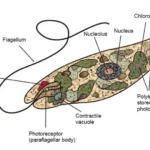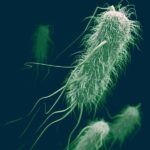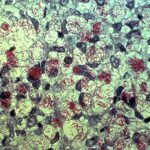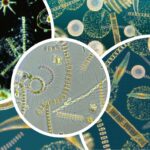Cells are the fundamental units of life, each containing various organelles that perform specific functions. Organelles are structures within the cell that work together to carry out vital cellular functions. For example, while mitochondria produce energy, ribosomes synthesize proteins, and lysosomes break down waste materials. Each organelle plays a crucial role in maintaining the health and functionality of the cell and, consequently, the entire organism.
Recently, researchers from ETH Zurich announced the discovery of a new organelle, adding a new type to the known varieties of organelles. In this article, we will explore this newly discovered organelle, its evolutionary history, and the roles it assumes within the cell.
Contrary to what we know, this newly discovered organelle is located in the cell plasma. This is an exceptional case because in eukaryotic cells, DNA molecules are organized into chromosomes within the nucleus, wrapped around various proteins such as histone proteins. DNA replication, transcription, and processing of mRNA occur in the nucleus. Additionally, a small amount of DNA is also found in the mitochondria of eukaryotic cells. These structures are crucial for preserving genetic information and cellular function.
The organization and storage of DNA in this manner allow the cell to accurately utilize and transmit genetic information. Essentially, eukaryotic cells keep most of their DNA in the cell nucleus. Some of the plasmids found in the nucleoplasm originate from outside the cell, while others come from telomeres, the closed ends of chromosomes. Telomeres are specialized structures located at the ends of chromosomes. In some cancer cells, plasmids arriving via telomeres are periodically cleaved to create new rings.
ETH researchers have discovered that during this process, the cell nucleus extracts DNA rings via the newly discovered exculosome and accumulates them along with plasmids from outside the cell. This discovery shows us that cells can distinguish between their own necessary DNA and foreign, unnecessary DNA, and can discard the DNA they do not need outside the nucleus. Ruth Kroschewski from the ETH Zurich Institute of Biochemistry briefly describes the process as follows:
“This is one of the main cleansing functions that cells perform to protect their chromosomes. Plasmids that cannot be separated theoretically can be integrated into the chromosomes. It is more likely that nuclear plasmid genes from viruses or bacteria will be translated into proteins, which disrupt cell physiology.”
Could the Exclusoma be Effective in the Pathogenesis of Autoimmune Diseases?
Autoimmune diseases occur when the immune system mistakenly reacts to cells and tissues in the body instead of responding to foreign pathogens as it should. The molecular basis of autoimmune reactions involves imbalances between immune system cells such as B and T cells and the body. Particularly, T cells play a significant role in the development of autoimmune diseases by perceiving the body’s own cells as foreign and attacking them. This can trigger inflammatory responses and ultimately lead to tissue damage. B cells also play a crucial role in the pathogenesis of autoimmune diseases. They can produce antibodies against autoantigens, leading to the production of autoantibodies that cause the immune system to attack the body’s own cells. Additionally, specific variations in the Human Leukocyte Antigen (HLA) genes can also play a role in many autoimmune diseases. These variations can influence the tendency of immune system cells to respond to foreign or self-antigens.
Furthermore, biologists have been studying a protein that binds to DNA rings and has been causing the above effects for many years. When this protein binds to DNA, it likely also triggers autoimmune reactions. Researchers believe that this specific protein may attach to DNA rings in the exosome, leading to long-term infectious illusions.
Moreover, the exosome plays a critical role in maintaining the integrity of the cell membrane. Damage to the membrane can initiate autoimmune responses, increase membrane permeability, and cause changes in signaling pathways. Additionally, the exosome’s ability to regulate signaling pathways may lead to overactivation of immune cells and consequently trigger autoimmune responses. In short, it is likely that specific proteins attaching to DNA rings in the exosome trigger autoimmune responses.
Learning more about the relationship between the exosome organelle and autoimmune diseases will facilitate our understanding of autoimmune diseases such as Type 1 diabetes, multiple sclerosis (MS), psoriasis, lupus, rheumatoid arthritis, and Behçet’s disease in the future. This knowledge will pave the way for advancements in the treatment of autoimmune diseases.
The Evolutionary History of the Exclusoma
It is believed that the exosome emerged during the early stages of evolution of eukaryotic cells. Several theories have been proposed regarding the early evolution of eukaryotic cells. According to the Endosymbiotic Theory, some organelles of eukaryotic cells evolved from independent prokaryotic cells, which were their ancestors. These organelles began to live inside eukaryotic cells, developing a symbiotic relationship. During this process, it was necessary to regulate the DNA from two different organisms and protect it from damage. As the evolutionary process advanced, there was a need for the evolution of a structure to encapsulate DNA molecules and control these processes, and this structure is none other than the newly discovered exosome.
The nuclear envelope separates the nucleus from the cytoplasm. It is believed that the membrane of the exosome performs similar functions to the nuclear envelope but in a functionally simpler structure. There are gaps in the exosome membrane similar to those seen in the early stages of formation of the nuclear envelope, which gradually close or are filled by specific proteins in the nuclear envelope over time. However, such developments are not observed in the exosome membrane. This indicates that the membrane of the exosome has a simpler structure. As it stands, the reason why the membrane of the exosome is not fully developed remains unanswered. New studies in this area may provide us with further insights into the evolutionary history of eukaryotic cells in the future.
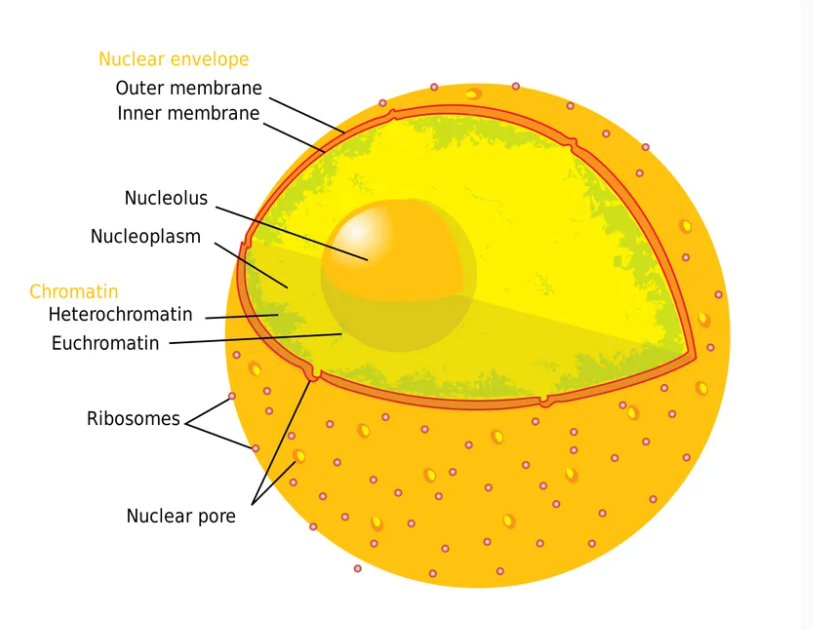
Source: Wikipedia
Conclusion
Further research on the structure and function of this new organelle could contribute to a better understanding of cellular processes and the development of new treatment strategies in biomedical fields. Many diseases, such as cancer, neurodegenerative disorders, and immune system disorders, are thought to result from disruptions in cellular signal transduction. In this regard, gaining more knowledge about exosomes, which play a crucial role in cellular signal transduction and interactions with the cellular environment, is crucial for gaining insights into these diseases.
